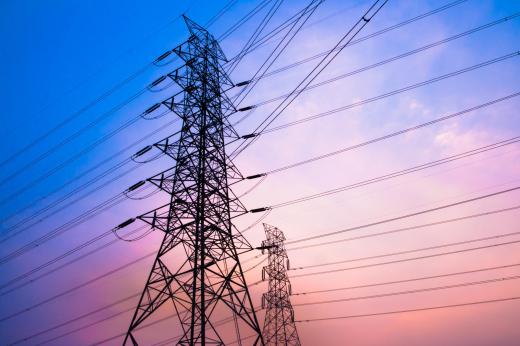What Is Electrical Conductivity?
Electrical conductivity (EC) is a property that is used to describe how well materials allow electrons to flow. It is determined using experiments and math equations. Conductivity is the reciprocal of resistivity, meaning the higher the conductivity, the lower the resistivity. A conductor is a material that has a high electrical conductivity, and an insulator is a material that has a high electrical resistivity. Both properties depend on the temperature and purity of materials.
Temperature dependence of electrical conductivity follows a general pattern. Metal is a conductor, and it has lower conductivity at higher temperatures. Glass is an insulator and shows higher conductivity at higher temperatures.

At very high temperatures, conductors behave like insulators, and insulators behave like conductors. This behavior of insulators and conductors is explained by the free electron model. In this model, conductors clearly show the ability to free electrons, and when a current, or electric force, is applied, the force can easily push around the extra electrons.
Soil is a mixture of minerals, salts and organic materials. It has a special electrical conductivity called soil electrical conductivity, which measures the amount of salt that is in a soil sample, which is called its salinity. The process can also measure other soil properties where salinity is low enough. These properties are related to the influence that purity has on EC data.
EC data of a soil sample can determine how much impurity is in the soil. Soil impurities are water, air and minerals. Each impurity influences the data differently, but a practiced soil scientist can determine this information from the gathered data. In general, more impurities lower the EC, with the exception of minerals that increase EC. Impurities also can explain the use of pure copper in electrical wiring.
Metals are often made of alloys, a mixture of two or more elements. This is not useful for conducting electricity. The metals in alloys are not the same elements and electrons cannot flow easily between different elements. Pure metals, such as copper wire, have high electrical conductivity. This applies only to solid metals because air pockets can lower the electrical conductivity of materials.
Materials that are not metals usually make good insulators. The best insulators are materials that naturally have air pockets in them, such as rubber. The air pockets are like impurities and disrupt the flow of electrons. Gases, such as air, are the best natural insulators. Modern chemistry has mastered insulators, creating materials that have thousands of times more resistivity than air.
AS FEATURED ON:
AS FEATURED ON:











Discussion Comments
In a metal, if electric conductivity are higher than specified, then what is the adverse effect? And how can we control it?
@everetra - I guess the electrical conductivity of soil is one reason that you can use digital meters to get readings on it. I haven’t used these devices myself but apparently you just stick them into the soil and you can get various soil readings like pH balance and stuff like that.
They recommend that you do that if you’re planning on amending your soil. Get some readings first, send it off to the lab, and wait until they send you the results back.
You can use chemical strips to get the readings off the soil but the digital meters work just as well.
@Charred - Fiber optic cable can’t be used to conduct electricity. Remember, it’s made of glass and glass is an insulator, not a conductor.
What fiber does is it transmits light, and on that light a bunch of transmission data can travel. That’s why it’s used in telecommunications and in my opinion it’s the best material of its kind to do what it does.
So where does fiber optic cable fit into the scheme of things? Does it conduct electricity and if so how well does it do it? I think it would be the best material to do so because it’s so fast.
Post your comments